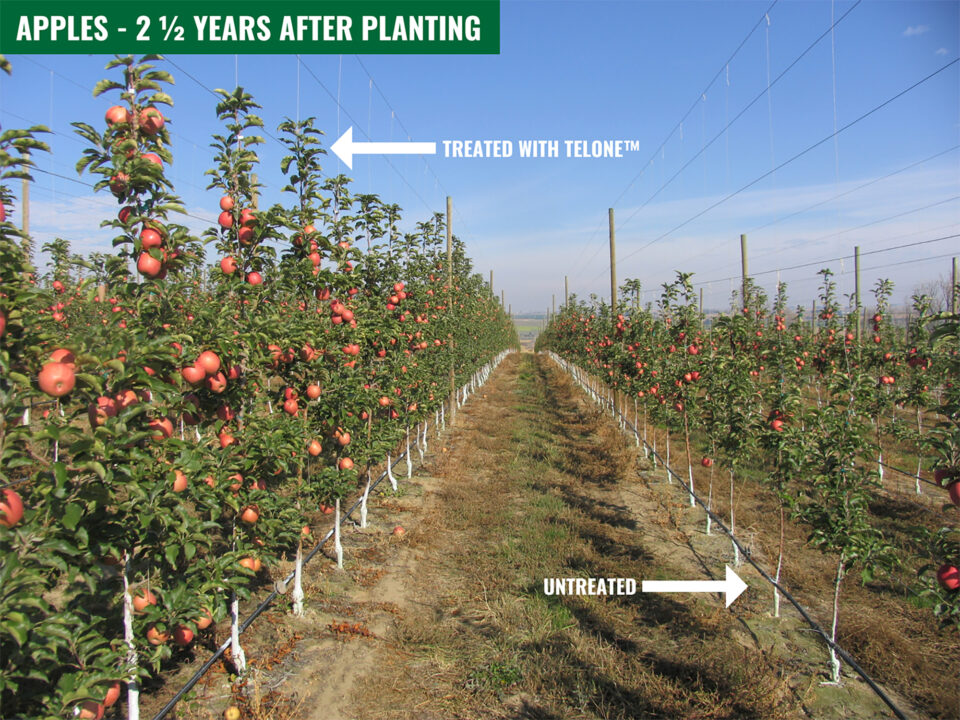Fighting Back On The Dirty Dozen

The Environmental Working Group (EWG) begins their 2012 “Shopper’s Guide To Pesticides in Produce,” also known as the Dirty Dozen List, with the words, “Eat your fruits and vegetables!” Some, however, have pointed out the counterintuitive nature of presenting a list of produce to avoid when promoting consumption. In addition, the list is riddled with criticism from industry and academic professionals citing faulty studies and even baseless claims. One such critic, Dr. Carl Winter, food toxicologist at the University of California-Davis, breaks it down into three important components that the list makers failed to take into account.
His primary complaints lie in the amount of the specific pesticide found in the produce at hand, the toxicity of the pesticide itself, and the amount of the food item that would need to be consumed in order for damage to be done. “The Dirty Dozen’s methodology simply considers crude indicators of the presence of residues, rather than their amounts, and makes no effort to integrate toxicity or food consumption information,” explains Winter. Citing that in toxicology, the phrase, “The dose makes the poison,” is key to understanding the science, Winter points out that this statement embodies what the EWG fails to understand. Meaning that it is the amount of the chemical, not the presence of it, that determines potential harm, Winter says that the EWG is leading consumers astray by turning their cheek to this fact.
Winter notes that studies have shown that for the vast majority of pesticide/commodity combinations, consumers taking in more than one million times the amount of the food items on the Dirty Dozen list would still not feel the effects. “In short,” he surmises, “the levels of residue in the fruits and vegetables are far too low to be of health concern.”
Winter encourages growers to fight back through the use of science and credible data instead of loading their arguments with ambiguous adjectives. Being vocal about the truth, and challenging the EWG to publish its findings in peer-reviewed literature as a means of validating their methodology, are among his suggestions. “The Alliance for Food and Farming has done a good job identifying conflicting statements made by EWG about the benefits of eating fruits and vegetables,” he explains, suggesting that a grassroots effort by growers could help the industry gain ground in this important endeavor.








